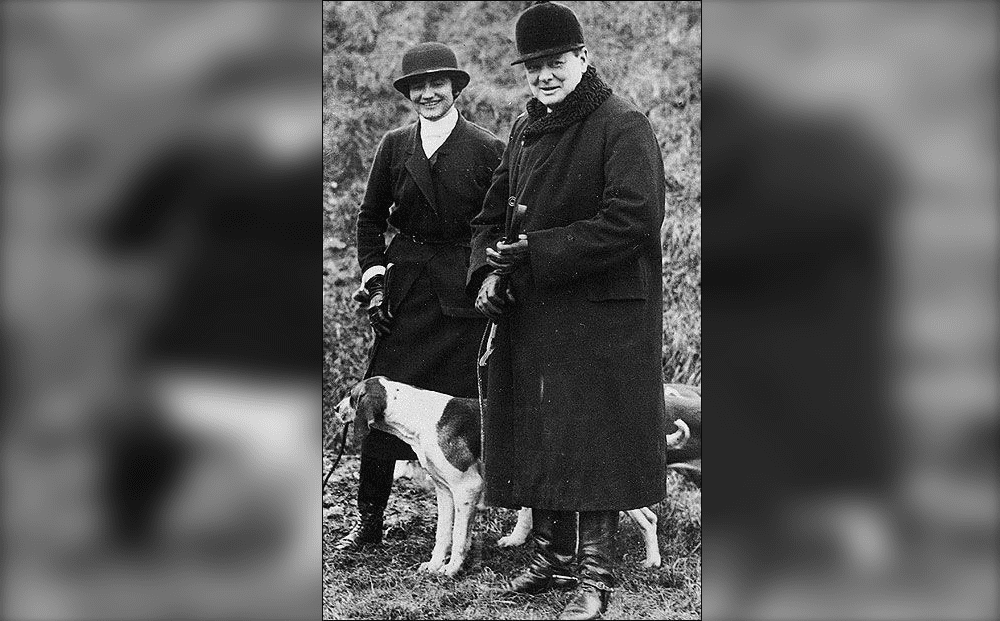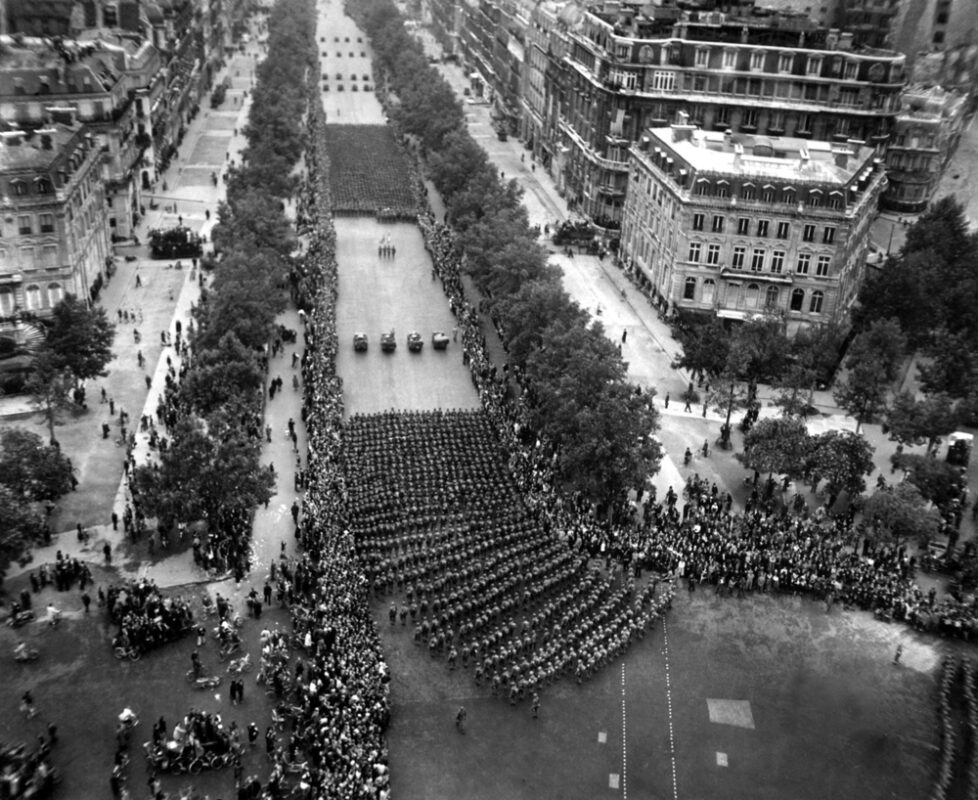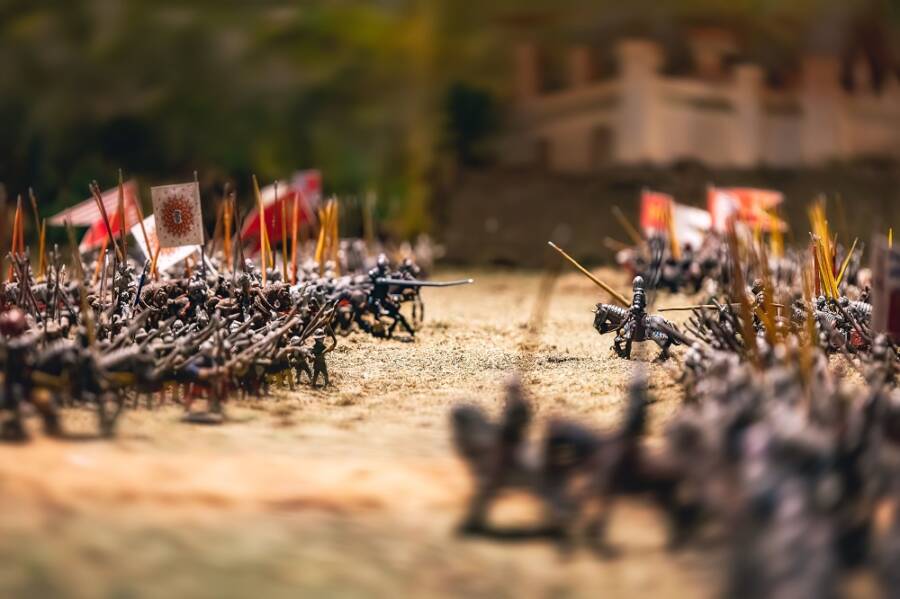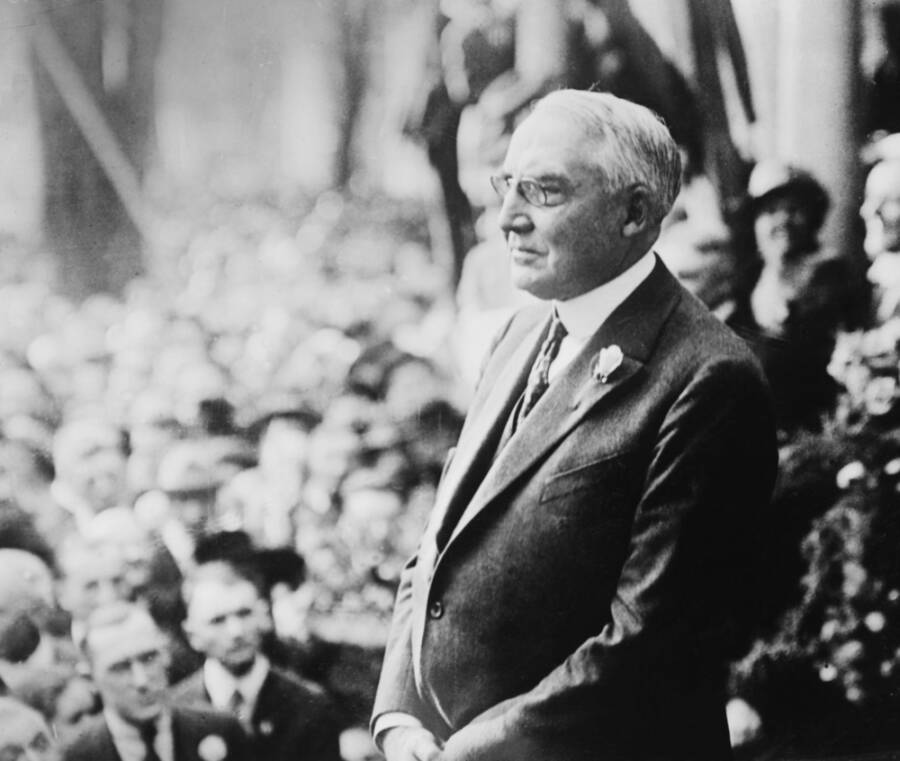Coco Chanel invented the little black dress, trademark suits, and Chanel No. 5 perfume. She is one of the most talented and ingenious designers that ever lived, as she managed to transform sartorial tastes for all the modern women of the 20th century.
Her name is now associated with the idea of impeccable fashion sense. But would you believe it if we’d tell you that she did covert work for Nazi military intelligence? At first, neither did we! But in the last couple of years, many French government documents were declassified, revealing all sorts of details of the work Coco Chanel did for the Nazis during World War II. Here’s what you need to know:

Coco Chanel was born into a poor family, but she managed to rise in the ranks of society before WWII
Because of her career, Coco Chanel managed to enter some of the most powerful and influential circles in Europe. She attended a lot of social events with Pablo Picasso and Serge Diaghilev, as all three of them were very active on the high-society scene of the times, became close friends with Winston Churchill, and eventually, got involved in a romantic relationship with Hugh Richard Arthur Grosvenor, the Duke of Westminster.
Chanel’s well-established connections helped her regain control of her own life when she needed the most, which is by the time Adolf Hitler’s army invaded Germany’s neighbors in the late 1930s.
Chanel fell in love with a German military officer
As the Nazis took over Paris in 1940, Chanel fell in love with Baron Hans Günther von Dincklage, a dedicated officer in Abwehr, the German military intelligence. Thanks to their romance, Chanel was able to comfortably live in the living quarters at Paris’ Hôtel Ritz, which at the time doubled as the German headquarters.
She also succeeded to attend high society events even during the occupation, where German officers also managed to fill. It seems that her personal relations with Dincklage came with many benefits, as she was also able to deal with important personal matters.
The most urgent of them was her wish to release her nephew André Palasse, who was imprisoned in a German stalag in 1940. Of course, there were also many business interests. In 1924, the Jewish family known as Wertheimer decided to fund the launch of her perfume line, as long as they would get most of the profits.
Coco tried too many times to renegotiate things in a more favorable direction, but she hadn’t succeeded. However, as “Aryanization” laws forced all the Jews to give up all of their businesses, Chanel took the opportunity and reclaimed a lucrative branch of her own empire.
Chanel became Abwehr Agent F-7124 in 1941
Dincklage introduced Coco to many important people in the German army, including another Abwehr agent, Baron Louis de Vaufreland, who initially promised Chanel to free her nephew, IF she agrees to work with Berlin. Around 1941, Chanel was registered as Agent-F7124.
Her code name was “Westminster”, after her ex-lover. She had to get “political information” from some of her colleagues in Madrid, so she went to the Spanish city for a couple of months in 1941 with Vaufreland.
As written in Hal Vaughn’s book, “Sleeping with the Enemy”, there’s even a record of a dinner she had with British diplomat Brian Wallace, where they casually talked about life in occupied Paris and how much hatred was between the French people and the German forces.
It’s still unclear if Chanel’s work in Madrid was relevant in any way. However, it seemed to be impressive enough for Abwehr supervisors to release Palasse. Unfortunately, her wish to reclaim her perfume profits didn’t end well, as she soon had to find out that the Wertheimers transferred all control of the company to a non-Jewish Frenchman known as Félix Amiot, who fled to the United States.

She was soon outed as a German Spy in 1944
Around late 1943 and early 1944, as the cards turned against Germany, Chanel was sent on another mission by General Walter Schellenberg of the SS. The operation was called “Operation Modellhut”, which is German for “Model Hat”, where she was required to use her personal connection to Churchill, who was England’s prime minister at the time, to tell him that the majority of SS senior officers wanted to end the bloodshed.
Chanel helped release Vera Lombardi, who was a mutual friend of hers and Churchill’s. At the time, she was locked in an Italian prison. They went to Madrid with Dincklage, where Lombardi was carefully instructed to hand over Chanel’s letter to Churchill at the British Embassy.
Even so, things didn’t go as planned, because Lombardi chose to denounce Chanel and her associates as German spies. Lombardi was taken back into custody, and Chanel managed to safely return to Paris.

Coco escaped punishment and erased all evidence of her actions that linked her to the Abwehr
In August 1944, a couple of months after the Madrid fiasco, French forces managed to reclaim Paris from the Nazis. By that time, she already had the reputation of a “horizontal collaborator”, so she was taken in for interrogations before the Free French Purge Committee, even if she was released shortly after and fled to Switzerland.
After the war ended, Chanel was seen in a French court to account for sworn testimony for a couple of arrested German officers that linked her to Abwehr. She successfully wriggled her way out of trouble, confirming that Vaufreland promised to release her nephew from prison.
As written in “Sleeping with the Enemy”, Chanel also made sure she erased any existing evidence of her actions, if possible. As she found out that an ailing Schellenberg wanted to publish his memoir, Chanel took care of his medical bills and made sure his family had enough money.
Why did she do all this? Let’s just say that the subsequent memoir had no mention whatsoever of her involvement as an agent. Chanel never had to suffer any ramifications for her wartime involvement with the Nazis. She successfully returned to the fashion world in 1954.
What’s really interesting and hilarious is that the very family she tried to get rid of during the Occupation, the Wertheimers, was the one that helped her return to the fashion scene. She lived the rest of her life as a beloved celebrity before she died at the Hôtel Ritz in 1971.
It was her friends that found out she passed away: “Her end was extremely gentle. We are dismayed because nothing in the past days led us to believe that this might happen” one of them said.
With her willowy silhouette, the famous pearl necklace, and the characteristic straw boater with a cigarette hanging from her lips, Coco Chanel became a familiar figure at the hotel, which she called “home” for such a long time.
If you found this article interesting, then we also recommend you: Ancient Egypt: 10 Insane Facts You Probably Didn’t Know






One Response
Being a historian by B A degree and joy of reading, well written historical facts n stories, are the best way to get middle and high schoolers to appreciate reading. Lifetime process continues and away from video games